[無料ダウンロード! √] dextrocardia 333214-Dextrocardia situs inversus
DEXTROCARDIA Nomally, the apex of the heart points to the left side of the chest In dextrocardia, the apex of the heart points to the right side of the chest and is present at birth Why this happens is unclear The simplest type of dextrocardia which is rare, the heart is a mirror image of the heart and there are no other problemsThey do not imply the orientation of the cardiac chambers In levocardia, the basetoapex axisDextrocardia is a condition in which the heart is pointed toward the right side of the chest Normally, the heart points toward the left The condition is present at birth (congenital) Facts, causes, and treatment of congenital heart defects
Dextrocardia And Proper Lead Placement Medic Madness
Dextrocardia situs inversus
Dextrocardia situs inversus-Dextrocardia is a rare congenital condition where the heart points toward the right side of the chest instead of the left The condition is usually not lifethreatening, although it often occursDextrocardia (from Latin dexter, meaning "right," and Greek kardia, meaning "heart") is a rare congenital condition in which the apex of the heart is located on the right side of the body There are two main types of dextrocardia dextrocardia of embryonic arrest (also known as isolated dextrocardia) and dextrocardia situs inversus



Chest Radiograph Showing Dextrocardia And Situs Inversus Download Scientific Diagram
Dextrocardia with situs inversus In these children, the heart is a mirrored image and located to the right The rest of the organs in the chest and abdominal cavity are also reversed, looking like a mirrored image of the normal locations of the organsDextrocardia is an extremely rare congenital cardiovascular condition in which the heart which normally points towards the left is observed to be pointing towards the right Dextrocardia is basically of two types namely Dextrocardia situs inversus and Dextrocardia situs inversus totalis Know the causes and treatment of dextrocardiaIt is commonly seen in mirrorimage dextrocardia (mirror image change, mostly accompanied by situs inversus viscerum and a few accompanied by intracardiac anomaly), dextroversion cardis (dextroverted heart without situs inversus viscerum, mostly accompanied by intracardiac anomaly), and in conditions in which the heart shifted to the right (such as pulmonary, pleural, or diaphragmatic lesions)
Dextrocardia occurs when the heart is positioned in the right side of the chest instead of the left The ECG findings include Predominantly negative P wave, QRS complex, and T wave in lead I LowDextrocardia is a rare congenital disorder in which the heart resides on the right side of the thoracic cavity It is often associated with other development anomalies and, in most cases, is diagnosed incidentally It can occur by itself or can be accompanied by a reversal in the position of other oThe terms levocardia and dextrocardia indicate only the direction of the cardiac apex at birth;
Isolated dextrocardia (ie without any other associated heart defects) is a rare condition and occurs with equal frequency in males and females Page Last Updated December 07 This page is available in English EspañolDextrocardia is a condition in which the heart is pointed toward the right side of the chest Normally, the heart points toward the left The condition is present at birth (congenital) Video Congenital heart defects (CHD) overview Alternative NamesBirth defect – dextrocardiaDextrocardia is a condition in which the heart is pointed toward the right side of the chest Normally, the heart points toward the left The condition is present at birth (congenital)



Dextrocardia Seen In The Children In Aminu Kano Teaching Hospital A Report Of 8 Cases



Dextrocardia Wikipedia
Dextrocardia with situs inversus should be differentiated from dextroposition, which means displacement of the heart, most often an acquired condition (Figure 1266) Dextrocardia without situs inversus is nearly always associated with other congenital anomalies and is rarely encountered in adults View chapter Purchase bookDextrocardia (countable and uncountable, plural dextrocardias) A congenital abnormality in which the heart is transposed to the right side of the chest 1917, James B Holmes, "Recent Work in Anatomy, Physiology and Pathology of Childhood", in American Journal of Diseases of Children, volume 13, page 193 The termDextrocardia (countable and uncountable, plural dextrocardias) A congenital abnormality in which the heart is transposed to the right side of the chest 1917, James B Holmes, "Recent Work in Anatomy, Physiology and Pathology of Childhood", in American Journal of Diseases of Children, volume 13, page 193 The term



Chest Radiograph Showing Dextrocardia And Situs Inversus Download Scientific Diagram



How Standard Transesophageal Echocardiography Views Change With Dextrocardia Raut Ms Maheshwari A Shad S Rachna G Ann Card Anaesth
Dextrocardia with situs inversus is a condition that is characterized by abnormal positioning of the heart and other internal organs In people affected by dextrocardia, the tip of the heart points towards the right side of the chest instead of the left sideDextrocardia is a condition in which the heart is pointed toward the right side of the chest Normally, the heart points toward the left The condition is present at birth (congenital) Video Congenital heart defects (CHD) overview Alternative NamesDextrocardia is a condition in which the heart is pointed toward the right side of the chest Normally, the heart points toward the left The condition is present at birth (congenital)



Traumatic Delivery Diaphragmatic Paresis And Dextrocardia The Journal Of Pediatrics
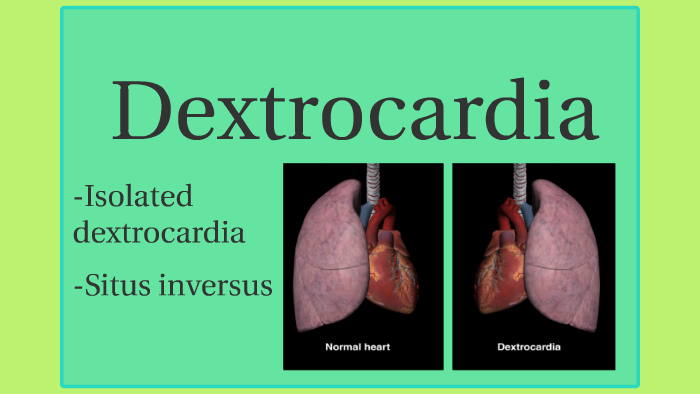


Dextrocardia By Kiran Kaur
Dextrocardia Definition Dextrocardia is a condition in which the heart is located in the right side of the chest instead of the left It can be present at birth (congenital) or caused by disease or surgeryAlso known as dextrocardia of embryonic arrest, dextrocardia and situs inversus, birth defect of the heartSitus Inversus Definition Situs inversus is a condition in which the organs of the chest and abdomen are arranged in a perfect mirror image reversal of the normal positioning Description Normal human development results in an asymmetrical arrangement of the organs within the chest and abdomen Typically, the heart lies on the left side of the body


Off Pump Triple Coronary Artery Bypass Grafting In A Patient With Situs Inversus Totalis Case Presentation And A Brief Review Of The Brazilian And The International Experiences



Dextrocardia Of Heart Photograph By Science Photo Library
Isolated dextrocardia (ie without any other associated heart defects) is a rare condition and occurs with equal frequency in males and females Page Last Updated December 07 This page is available in English EspañolDextrocardia is an extremely rare congenital cardiovascular condition in which the heart which normally points towards the left is observed to be pointing towards the right Dextrocardia is basically of two types namely Dextrocardia situs inversus and Dextrocardia situs inversus totalis Know the causes and treatment of dextrocardiaDextrocardia is a condition in which the heart is located in the right side of the chest instead of the left It is usually present from birth (congenital) There are several types of dextrocardia The simplest type occurs when the shape and structure of the heart is a mirror image of a normal heart



Dextrocardia Dextroposition Ekg Ecg Ankara Kardiyoloji Kalp Hastaliklari Mete Alpaslan Doktorekg Com



Total Situs Inversus With Dextrocardia Posts Facebook
Dextrocardia is a rare condition in which the heart is located in the right side of the chest instead of the left Dextrocardia is usually present from birth (congenital) There are several types of dextrocardia The simplest type occurs when the shape and structure of the heart is a mirror image of a normal heartAlso known as dextrocardia of embryonic arrest, dextrocardia and situs inversus, birth defect of the heart What is dextrocardia?In normal condition, the heart is located more on the left side of the human body, with the right one But in a comparatively small number of people, approximately 001% of the population, dextrocardia is determined, when the heart is located on the right side more than with the left This congenital anomaly often does not violate the normal life of a person, although in some cases a special


When The Cxr Reveals A Rare Find Dextrocardia With Situs Inversus Even The Radiologist Called To Confirm The Markers Were Not On The Wrong Side Radiology



Dextrocardia Medical School Studying Congenital Heart Defect Heart Location
Dextrocardia with Situs Inversus is a rare heart condition characterized by abnormal positioning of the heart In this condition, the tip of the heart (apex) is positioned on the right side of the chest Additionally, the position of the heart chambers as well as the visceral organs such as the liver and spleen is reversed (situs inversus)Dextrocardia is a congenital cardiac malrotation in which the heart is situated on the right side of the body (dextroversion) with the apex pointing to the right Terminology Dextrocardia merely refers to the laterality of the heart, it says noDextrocardia occurs when the heart is positioned in the right side of the chest instead of the left The ECG findings include Predominantly negative P wave, QRS complex, and T wave in lead I Low



Crisscross Heart With Dextrocardia And Intact Interventricular Septum Muneer P K Kalathingathodika S Chakanalil Gs Sony Mm Ann Pediatr Card
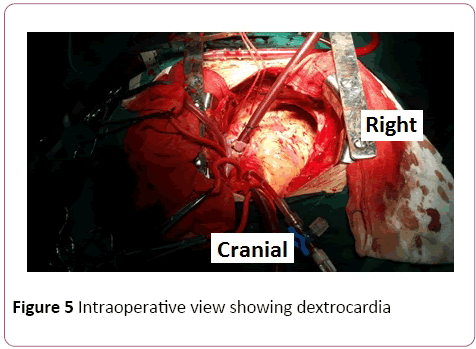


Double Valve Replacement In A Patient With Dextrocardia And Situs Inversus Toatalis A Case Report Insight Medical Publishing
Congenital heart defect – dextrocardia;Differential Diagnosis Accidental lead reversal, specifically reversal of the left and right arm electrodes may produce a similar picture to dextrocardia in the limb leads (but with normal appearances in the precordial leads)Dextrocardia (from Latin dexter, meaning "right," and Greek kardia, meaning "heart") is a rare congenital condition in which the apex of the heart is located on the right side of the body There are two main types of dextrocardia dextrocardia of embryonic arrest (also known as isolated dextrocardia) citation needed and dextrocardia situs inversus
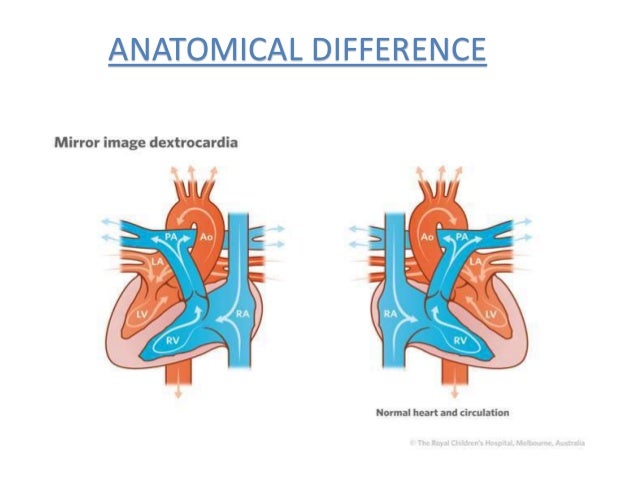


Dextro Cardia A Rare Case



Urgent Biventricular Implantable Cardioverter Defibrillator Implantation In A Patient With Situs Inversus Totalis And Dextrocardia Grayburn 09 Congestive Heart Failure Wiley Online Library
However, in about 1 in 8,500 people, the organs of the chest and abdomen are arranged in the exact opposite position the heart is on the right (dextrocardia), as is the twolobed lung, and the liver, spleen, and threelobed lung are on the leftSitus inversus has two main subtypes dextrocardia and levocardia A person is said to have dextrocardia if the point of the heart is on the right sideIn the simplest type of dextrocardia, the heart is a mirror image of the normal heart and there are no other problems This condition is rare When this occurs, the organs of the abdomen and the lungs will often also be arranged in a mirror image For example, the liver will be on the left side instead of the right
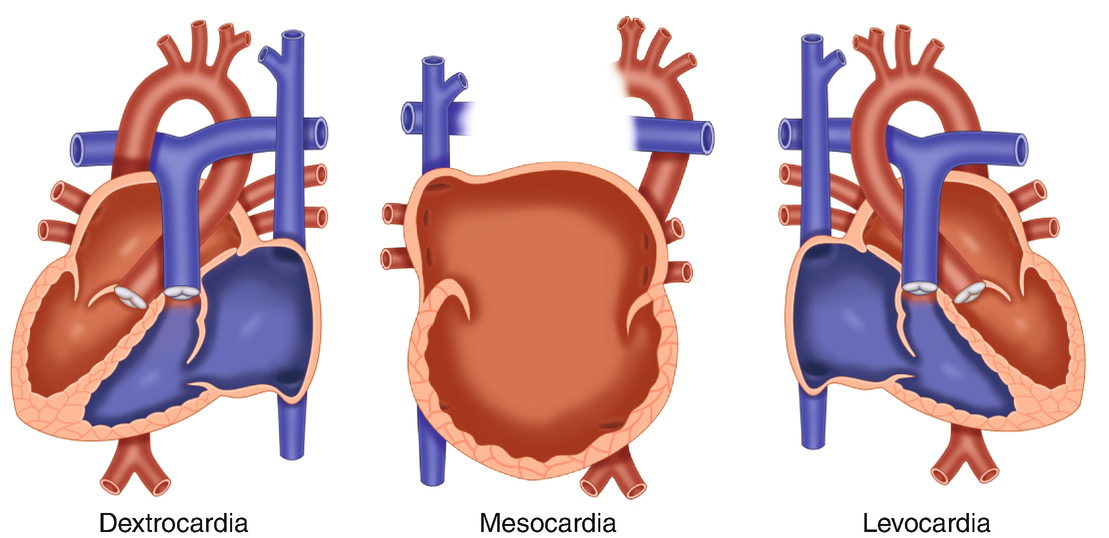


Terminology Defining Cardiac Position Chamber Morphology And Van Praagh Nomenclature Springerlink



Ecg Study Card For Dextrocardia Diagnosis Cardiology Grepmed
Noun Pathology an abnormal condition in which the heart is displaced to the right side of the chest dextral displacement of the heart with complete transposition of the cardiac chambers, the right chambers being on the left side and the left chambers being on the right sideDextrocardia dek″strokahr´deah location of the heart in the right side of the thorax, the apex pointing to the right See illustration Dextrocardia From Dorland's, 00 mirrorimage dextrocardia location of the heart in the right side of the chest, the atria being transposed and the right ventricle lying anteriorly and to the left of the leftDextrocardia with Situs Inversus is a condition that is characterized by abnormal positioning of the heart and other internal organs In people affected by dextrocardia, the tip of the heart points towards the right side of the chest instead of the left side



Chest X Ray Of A 22 Year Old Nigerian Man With Dextrocardia And Situs Download Scientific Diagram



Situs Inversus With Dextrocardia Explanation Of Chest X Ray Findings Youtube
Dextrocardia is a rare heart condition in which your heart points toward the right side of your chest instead of the left side Dextrocardia is congenital, which means people are born with thisDextrocardia The heart is reversed and is in the right side of the chest rather than in its normal location on the left This is a true anatomic reversal With dextrocardia, for example, the apex (tip) of the heart points to the right rather than (as is normal) to the leftDextrocardia ECG Example 1 Intervention 15 ACC/AHA/SCAI Focused Update on Primary PCI for Patients With STEMI
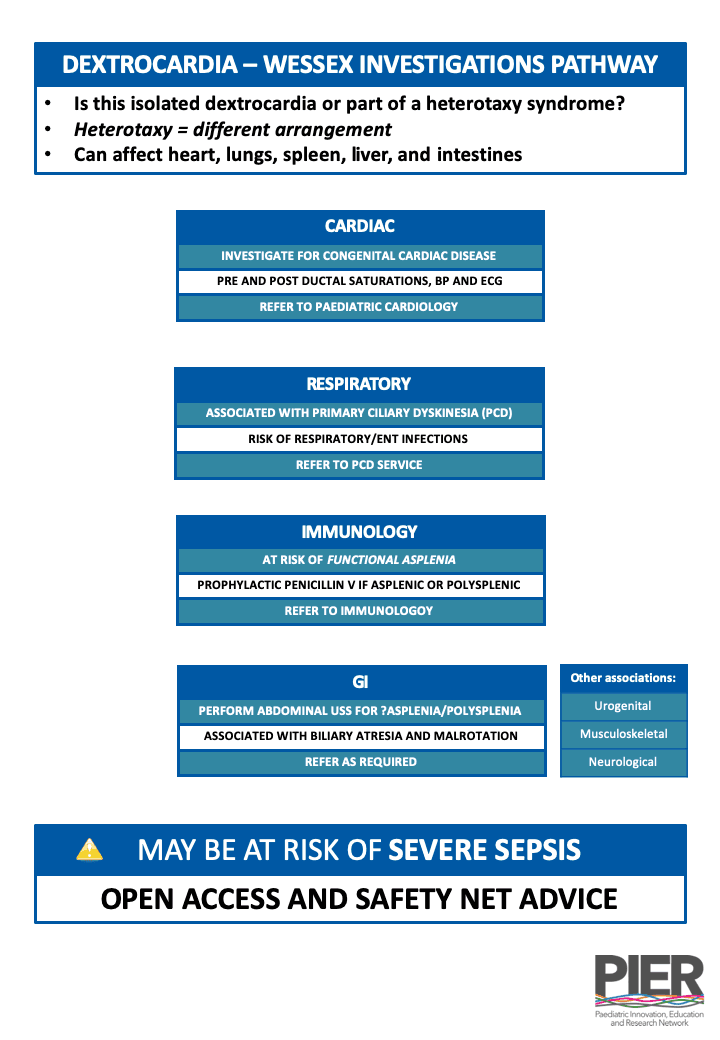


Dextrocardia Guideline Paediatric Innovation Education And Research Network


Dextrocardia Congenital Heart Disease Cove Point Foundation Johns Hopkins Children S Hospital
Dextrocardia a congenital anomaly of the position of the heart in which most of the heart is located in the right hemithorax It is usually associated with transposition of all viscera It is most often discovered by chance during Xray or electrocardiographic examinationsDexcurrent (DK) is a condition in which the heart is on the right side of the chest Usually the heart is on the left The condition is determined immediately after the birth of the child, so it is considered a congenital developmental anomalyCyanotic heart defect – dextrocardia;



Dextrocardia Causes Symptoms And Treatments



Isolated Dextrocardia With Situs Solitus Dextroversion Semantic Scholar
ECG Diagnosis Dextrocardia Perm J 19; doi /TPP/144 Epub 19 Aug 15 Authors Cameron Mozayan 1 , Joel T Levis 1 2 3 Affiliations 1 Department of Emergency Medicine, Stanford University, CA 2 Department of Emergency Medicine, Kaiser Permanente Santa Clara Medical Center, CA 3Dextrocardia abnormal condition where the heart is located toward the right side of the chest abnormalcy , abnormality an abnormal physical condition resulting from defective genes or developmental deficienciesDextrocardia is a rare condition in which the heart is located in the right side of the chest instead of the left Dextrocardia is usually present from birth (congenital) There are several types of dextrocardia The simplest type occurs when the shape and structure of the heart is a mirror image of a normal heart
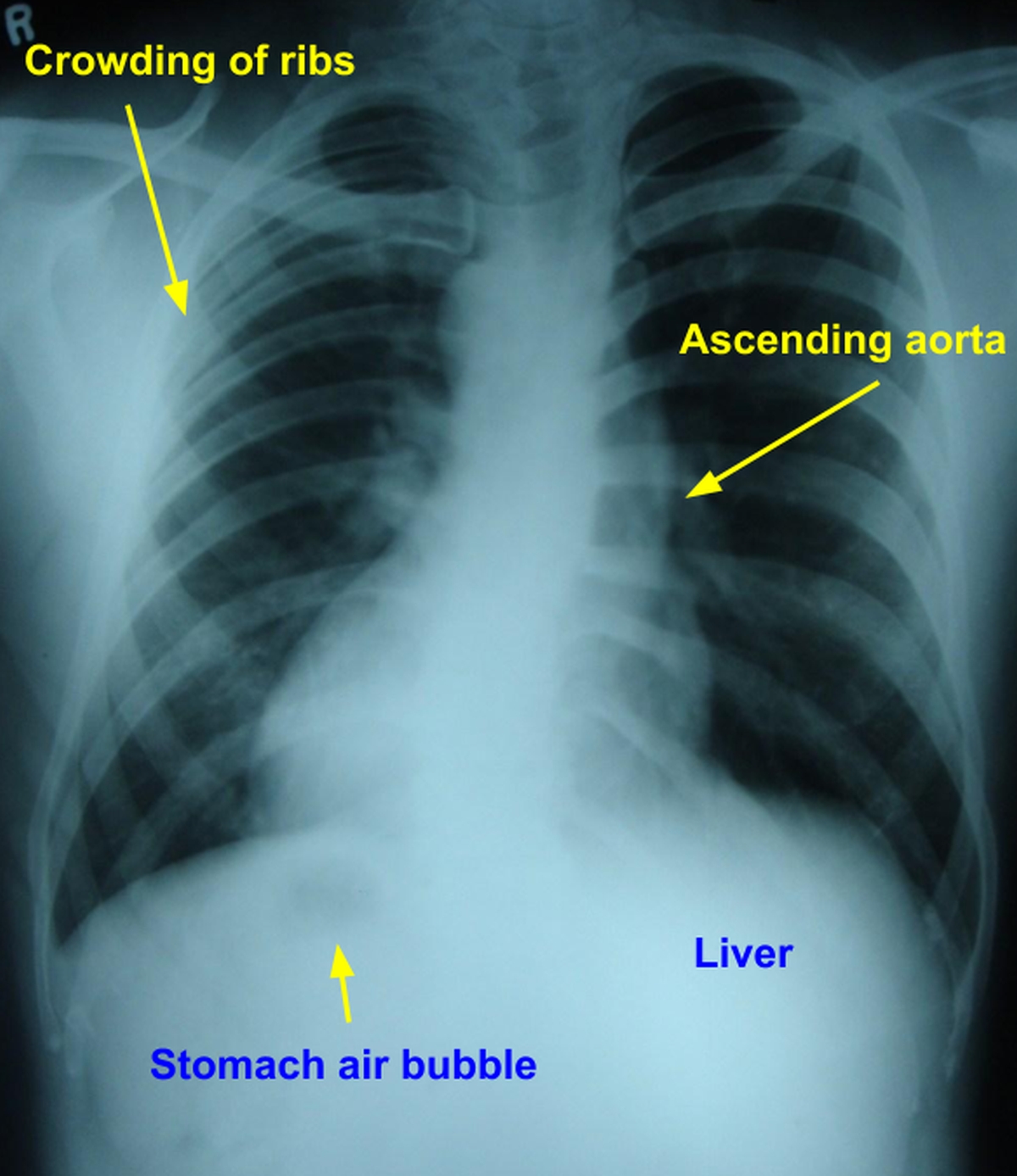


Dextrocardia And Dextroposition


Anatomy Of A Dextrocardia Case With Situs Solitus
Dextrocardia is a rare condition (around 1 in 12,000 births) that can be associated with a wider Heterotaxy Syndrome that can affect the heart, lungs, liver, spleen and intestines Children with dextrocardia require referral to multiple specialities and consideration for antibacterial prophylaxis if they are at risk of functional hyposplenia orUna dextrocardia con imagen especular completa sin defectos cardíacos no requiere ningún tratamiento Es importante, sin embargo, hacerle saber al proveedor de atención médica del niño que el corazón está en el lado derecho del tórax Esta información puede ser importante en algunas pruebas y exámenesUsually a baby is born with the heart in the left chest Babies with dextrocardia, have their heart's on the right side of the chest instead, and frequently have other congenital (before birth) heart abnormalities too (it's rare "isolated dextrocardia



Dextrocardia L Tga Pa Vsd Heart Defect Dextrocardia L Flickr


Dextrocardia And Proper Lead Placement Medic Madness
Medical Definition of dextrocardia an abnormal condition in which the heart is situated on the right side and the great blood vessels of the right and left sides are reversed Other Words from dextrocardia
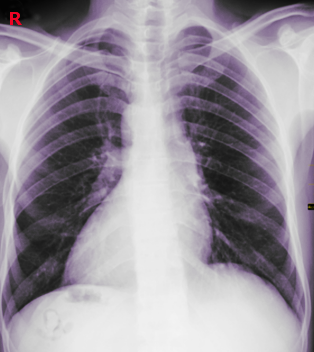


Dextrocardia Article
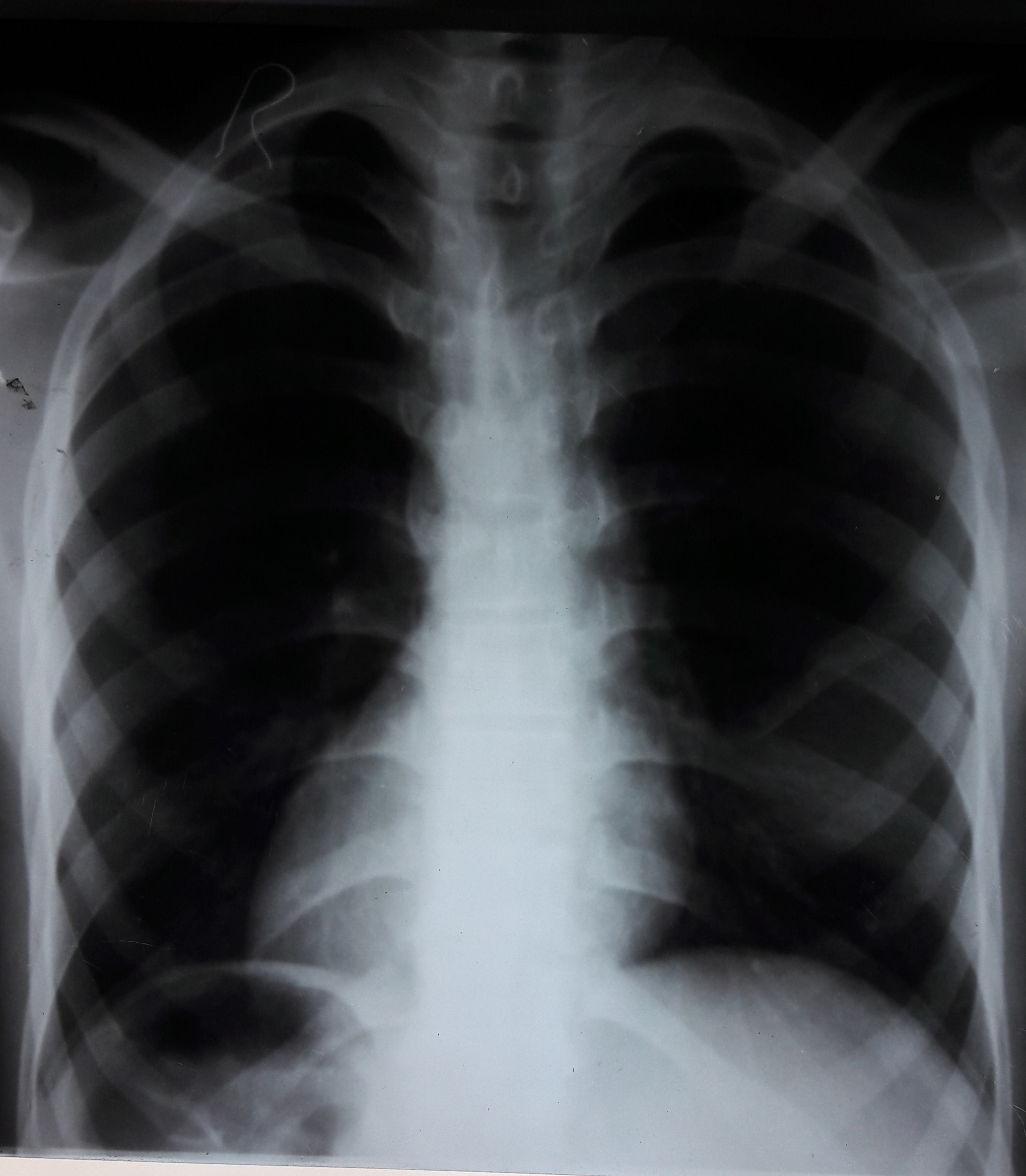


File Dextrocardia On Chest Radiograph Jpg Wikimedia Commons
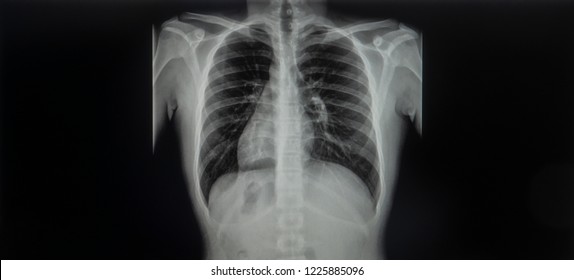


Dextrocardia Hd Stock Images Shutterstock



Dextrocardia Heart Swapped Situs Inversus All Organs Swapped Feel For Liver Situs Inversus Congenital Heart Congenital Heart Disease


Q Tbn And9gcqoj7rf3ojn4sgicpylfrnabmfognqpobsn6al1uja Usqp Cau
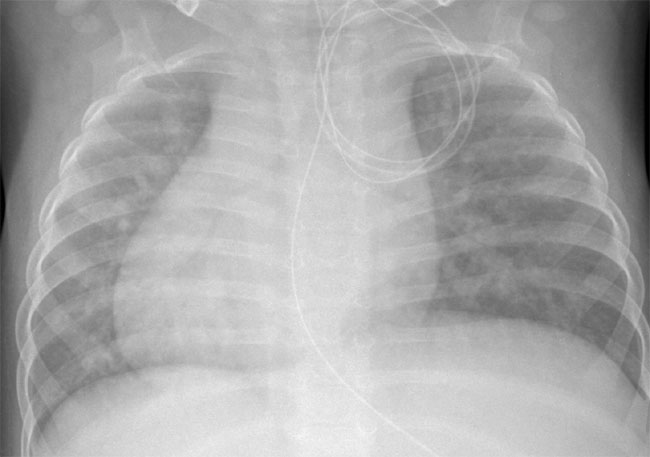


Plain Radiographic Diagnosis Of Congenital Heart Disease



Dextrocardia Situs Inversus Radiology Case Radiopaedia Org



28 Dextrocardia Ideas Heart Defect Situs Inversus Congenital Heart Defect



Situs Inversus Dextrocardia Tga Ps 3d Life



Hypoplastic Left Heart Syndrome With Dextrocardia And Situs Solitus Semantic Scholar



British Cardiovascular Society



Morning Report Dextrocardia And Situs Inversus County Em



Transcatheter Aortic Valve Replacement In Dextrocardia With Situs Inversus Jacc Case Reports



Mitral Valve Operation In Dextrocardia The Annals Of Thoracic Surgery



Fetal Dextrocardia Diagnosis And Outcome In Two Tertiary Centres Heart
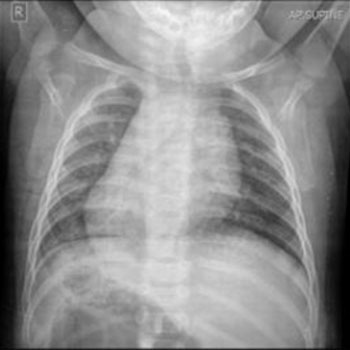


Situs Inversus With Dextrocardia


Dextrocardia



Dextro Cardia A Rare Case
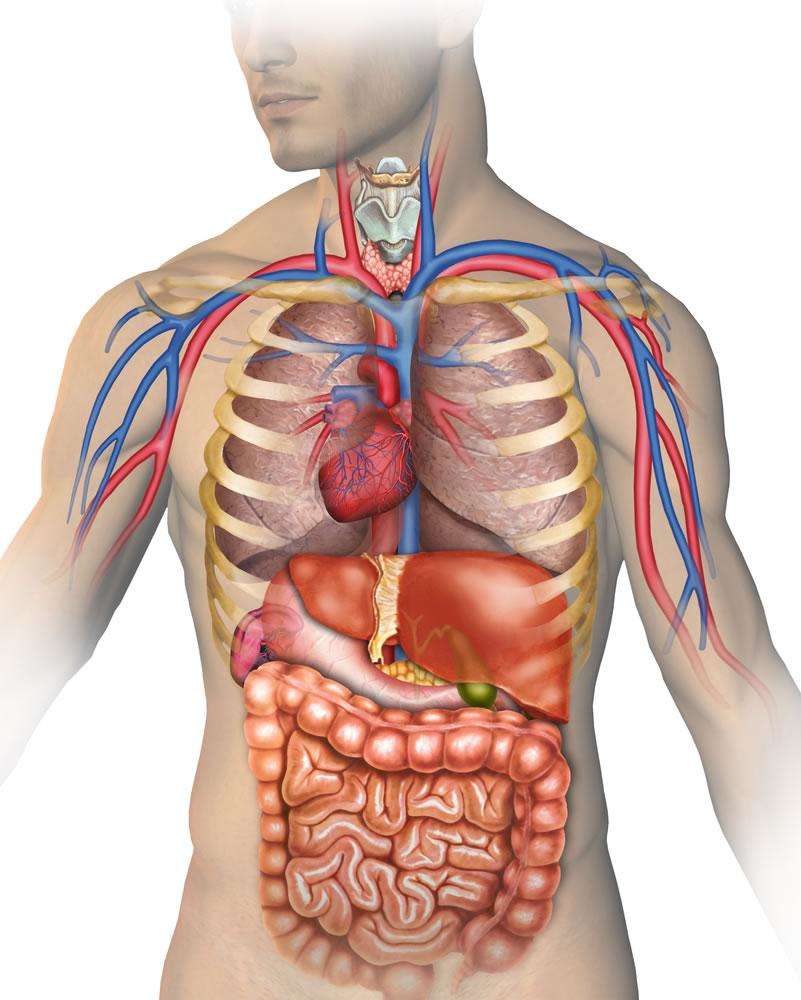


Woman With Heart Liver On Opposite Side Leads Normal Life Hubballi News Times Of India


Dextrocardia Lily S Heart Warriors



Dextrocardia And Bifascicular Block Chest



Mirror Image Dextrocardia With Situs Inversus Circulation


Q Tbn And9gctwtvoytlohxsqhwqsvvmzlkk44mnnnlmgzx3wibxxmx7fic63u Usqp Cau



Dextrocardia Circulation



A Heart On The Right Can Be More Complex Than It First Appears Bmj Case Reports
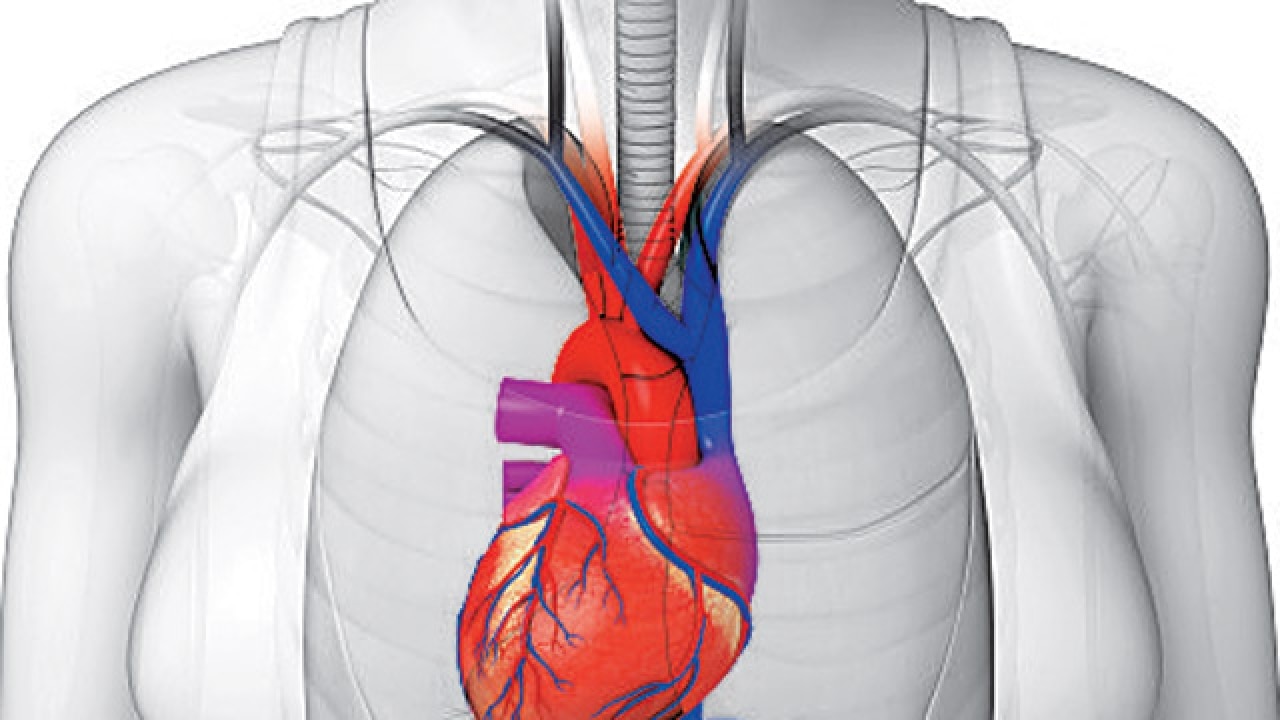


In Rarest Of Rare Cases Doctors Operate On Man With Heart On The Right


Dextrocardia With Situs Inversus Disease Malacards Research Articles Drugs Genes Clinical Trials
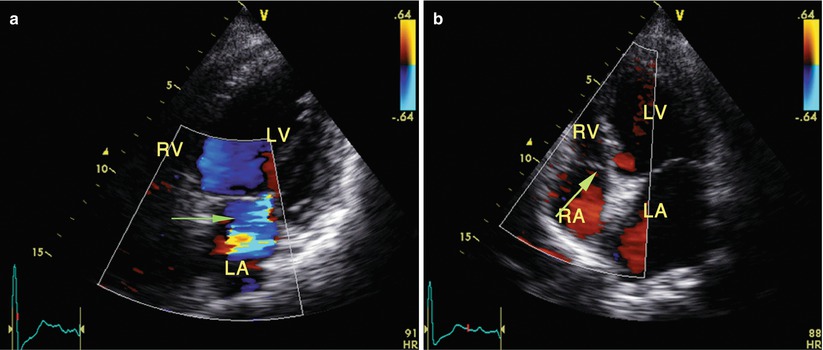


Situs Inversus Dextrocardia Springerlink



Dextrocardia



Dextrocardia Can You Pick It On Ecg Resus



Atrioventricular Canal And Dextrocardia A Case Report With Implications For Community Based Providers Springer Publishing



Dextrocardia And Ventricular Septal Defect With Situs Inversus Anesthetic Implications And Management Abraham B Shivanna S Tejesh C A Anesth Essays Res


Q Tbn And9gcsk X4gmoxmiyzbxnwjktnhvulweiumhbvbnhwexratnluvhmmd Usqp Cau
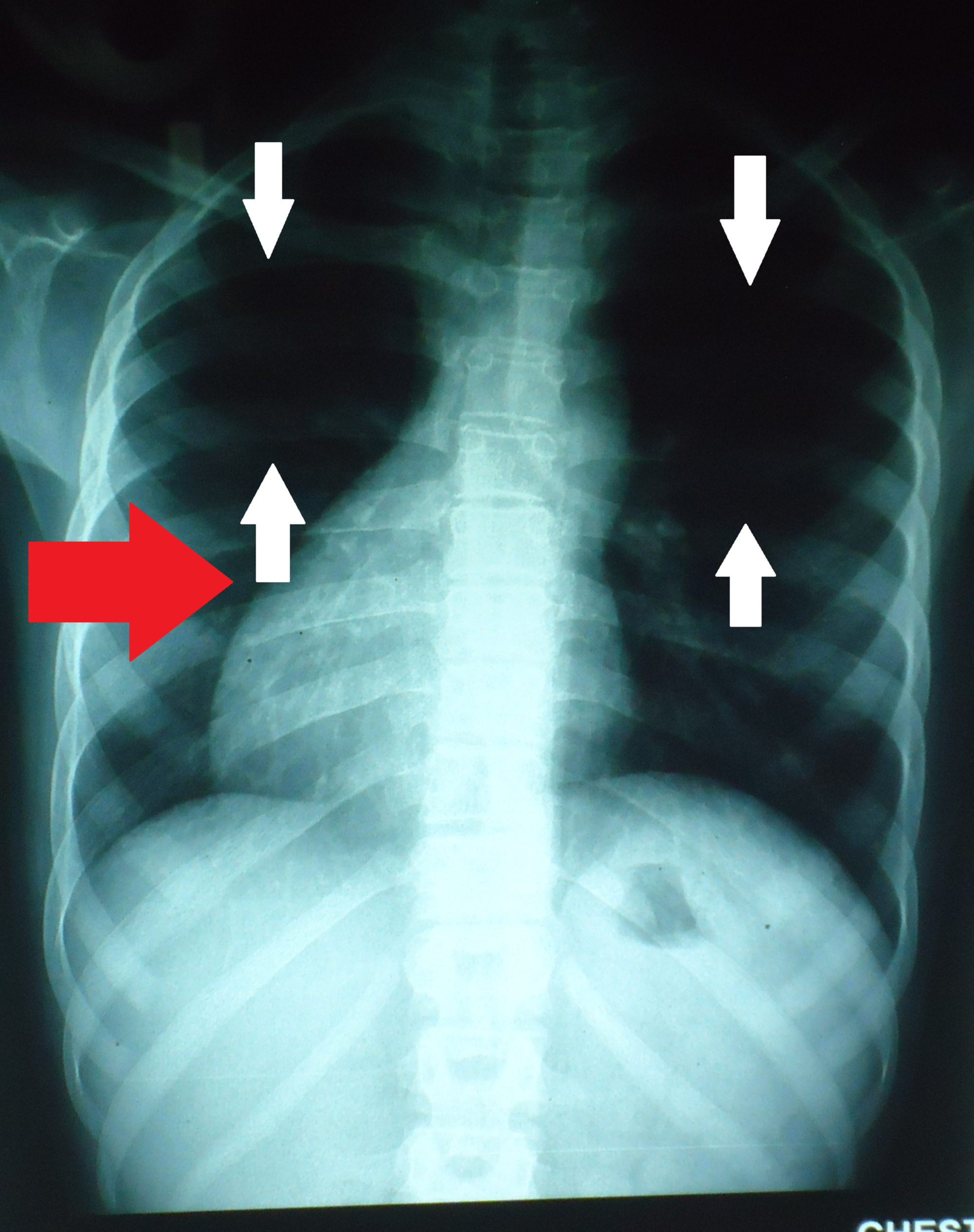


Cureus Congenitally Corrected Transposition Of Great Arteries With Dextrocardia Patent Ductus Arteriosus Atrial Septal Defects And Ventricular Septal Defects In A 15 Year Old Marfanoid Habitus Patient A Case Study
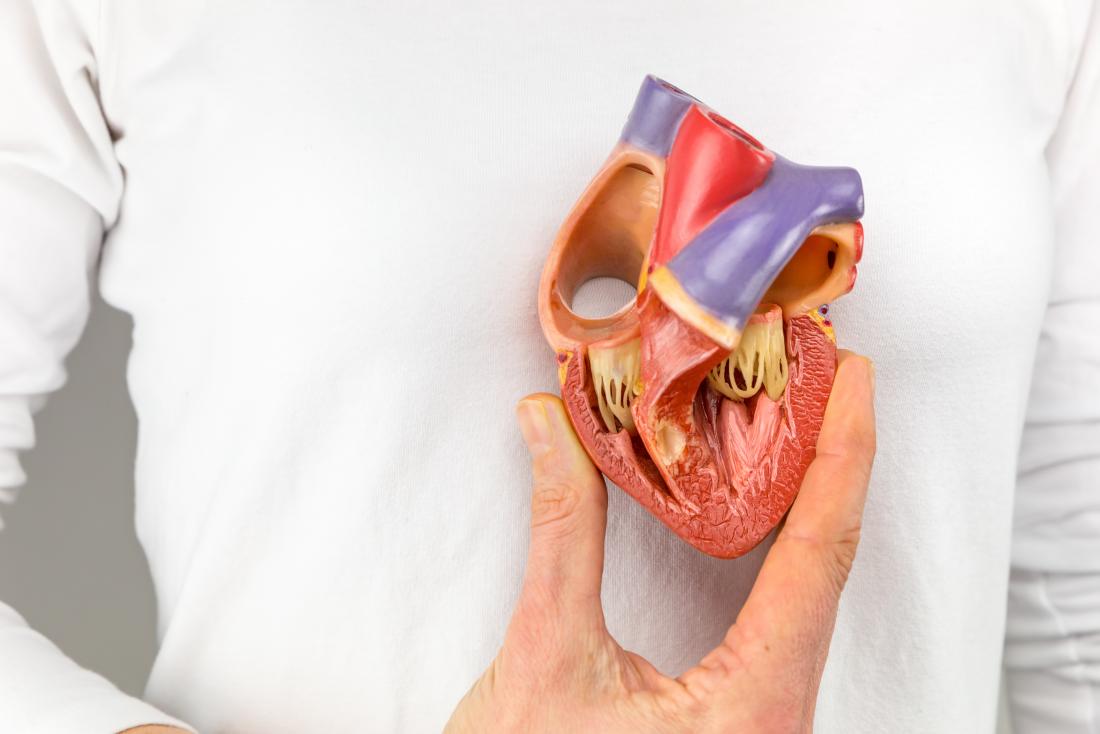


Dextrocardia Causes Symptoms And Treatment



I Have The Rare Condition Of Dextrocardia I E My Heart Is On My Right Side And Because I Consider Myself Lucky Should I Brag About This Quora
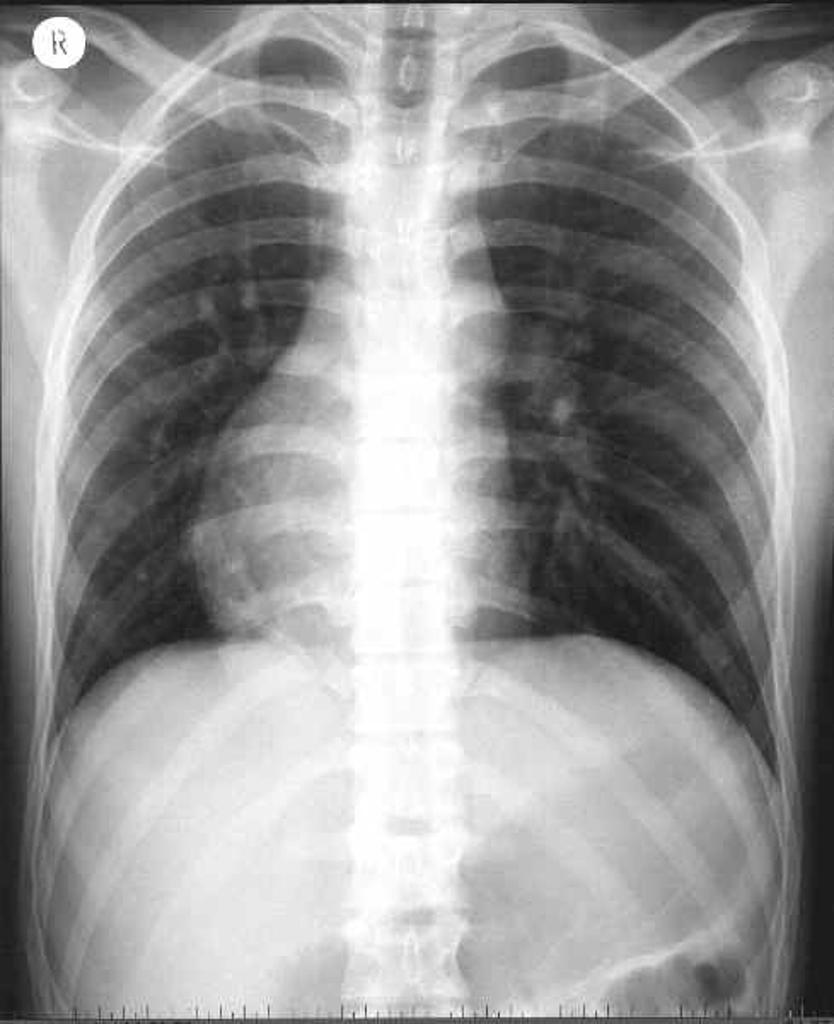


Dextrocardia Radiology Case Radiopaedia Org


Fetal Mri Dextrocardia



Chest Xray Image Of Dextrocardia And Situs Inversus Patient That Demonstrated Heartlungsribsbones And Muscles Look Like Clearly Film For Diagnostic From Radiologists In The Hospital Stock Photo Download Image Now Istock
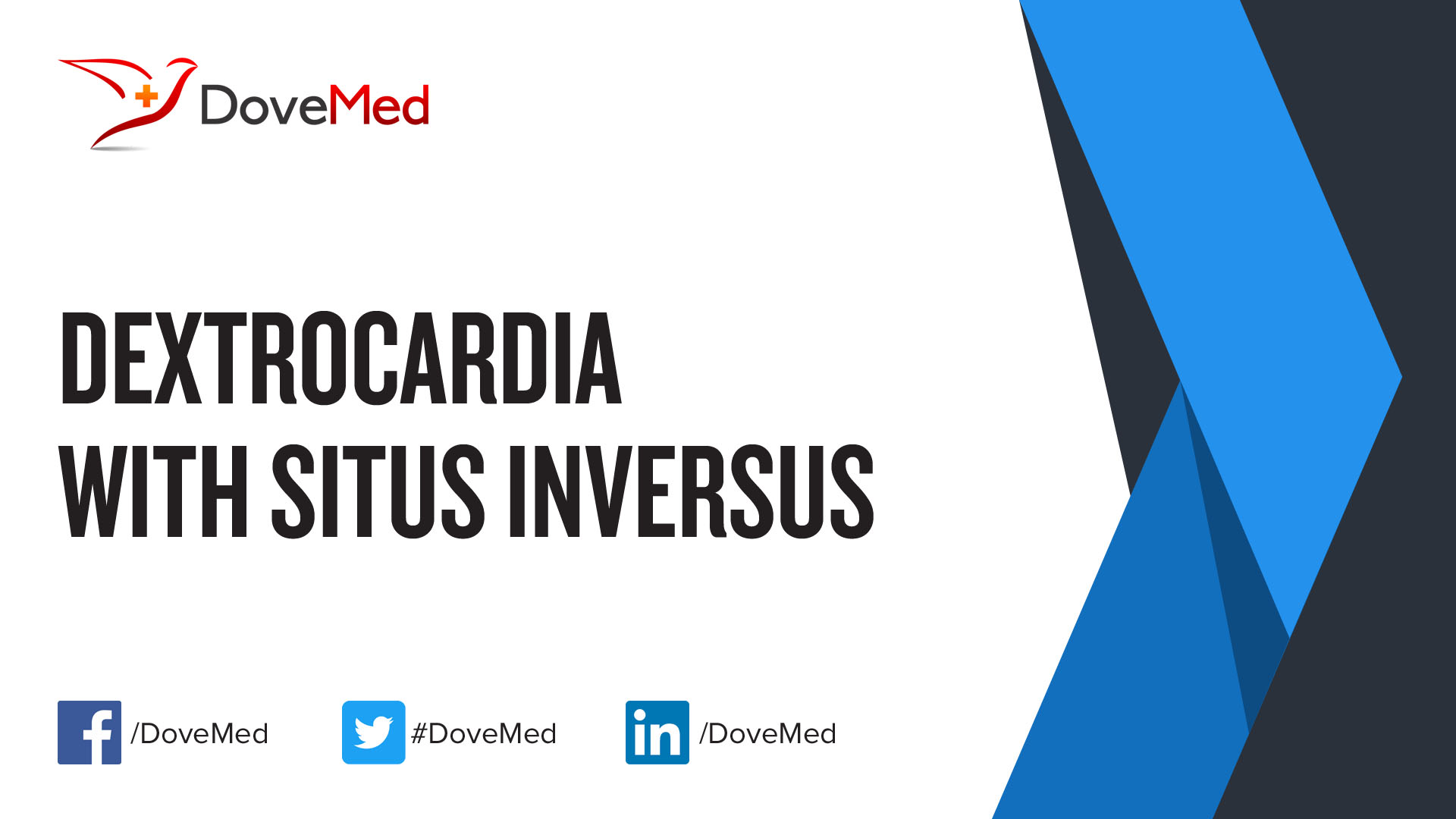


Dextrocardia With Situs Inversus



An Abnormal Chest Radiograph Photo Quiz American Family Physician



Dextrocardia Radiology Case Radiopaedia Org
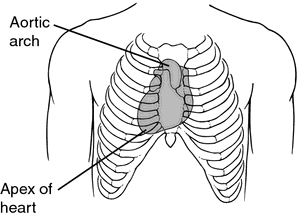


Dextrocardia Definition Of Dextrocardia By Medical Dictionary



Dextrocardia Small Right Hemithorax And Abnormal Pulmonary Vessel Chest



Plain Chest X Ray Findings Dextrocardia Was Noted No Download Scientific Diagram
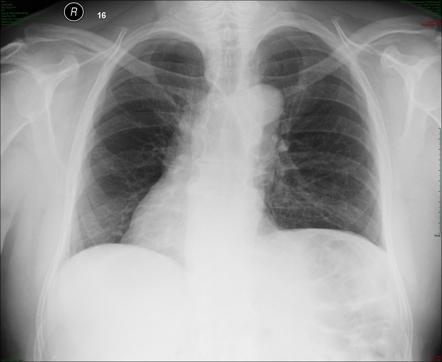


Dextrocardia Radiology Reference Article Radiopaedia Org
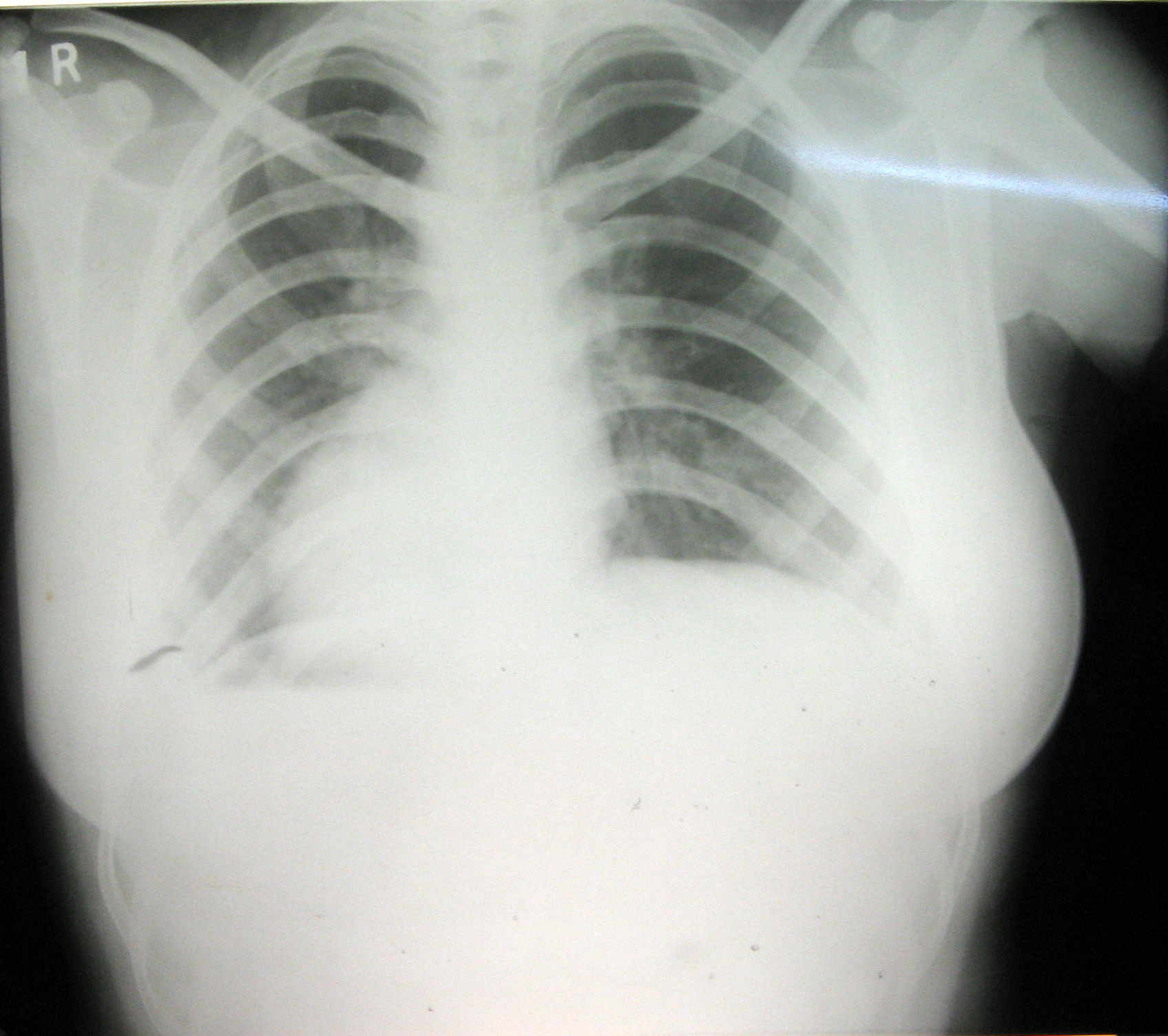


File Dextrocardia Jpg Wikidoc



Dextrocardia On Chest Xray Imaging See Corresponding Grepmed


Dextrocardia Disease Malacards Research Articles Drugs Genes Clinical Trials



Dextrocardia Medlineplus Medical Encyclopedia


Q Tbn And9gcsh1mtqew4epr5lwv71mssbl0amf9det1icgpmy9pzatymlyp3b Usqp Cau



27 Dextrocardia Tga With Ventricle Inversion Pulmonary Atresia Youtube


Dextrocardia



Dextrocardia Hd Stock Images Shutterstock
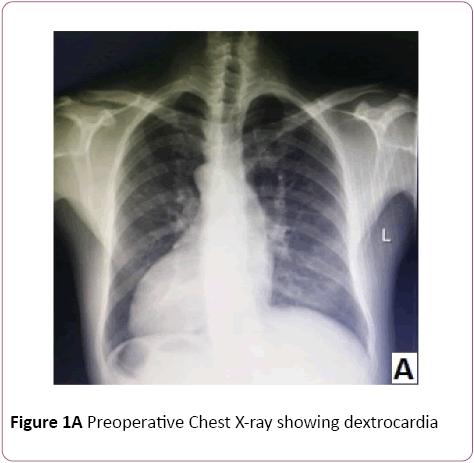


Double Valve Replacement In A Patient With Dextrocardia And Situs Inversus Toatalis A Case Report Insight Medical Publishing



Dextrocardia With Sinus Solitus Cmaj



Save The Heartbeat We Re Learning About Dextrocardia With Today S Chdspotlight Do You Or Someone You Love Have This Heart Defect Chd Chdawareness Dextrocardia 1in100 Heartwarrior Chdwarrior T Co Ol1r6mg9ck



Isolated Dextrocardia And Congenital Heart Blocking Sciencedirect



Ccu D E X T R O C A R D I A Dextrocardia Facebook



Ecg Educator Blog Dextrocardia



Chest X Ray Showing Dextrocardia Download Scientific Diagram



Dextrocardia



Medpix Case Situs Inversus With Dextrocardia



Morning Report Dextrocardia And Situs Inversus County Em



Dextrocardia
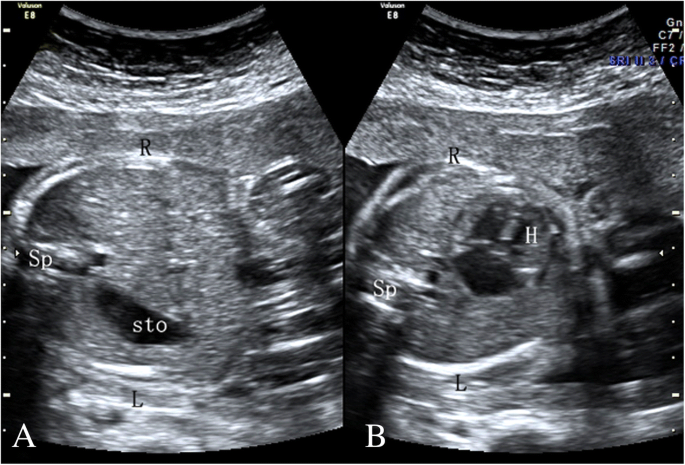


Comparing Levocardia And Dextrocardia In Fetuses With Heterotaxy Syndrome Prenatal Features Clinical Significance And Outcomes Bmc Pregnancy And Childbirth Full Text


Fetal Mri Dextrocardia


Heterotaxy Syndrome



Dextrocardia In Patients With Poland Syndrome Phenotypic Characterization Provides Insight Into The Pathogenesis The Journal Of Thoracic And Cardiovascular Surgery



Recognition Of Anterior Stemi In Dextrocardia And The Importance Of Right Sided Chest Leads Jacc Case Reports


Dextrocardia Congenital Heart Disease Cove Point Foundation Johns Hopkins Children S Hospital



Pacemaker Implantation In A Patient With Dextrocardia Corrected Transposition And Situs Inversus Circulation



Dextrocardia Litfl Ecg Library Diagnosis


Dextrocardia With Cor Biloculare In A 44 Year Old Women
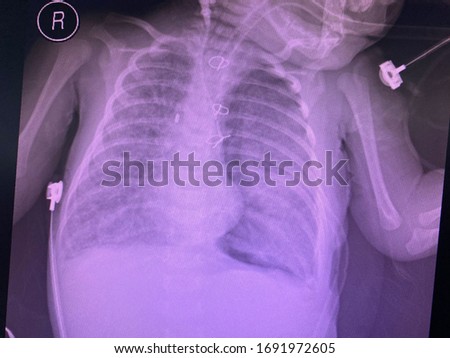


Shutterstock Puzzlepix



Dextrocardia Seen In The Children In Aminu Kano Teaching Hospital A Report Of 8 Cases



コメント
コメントを投稿